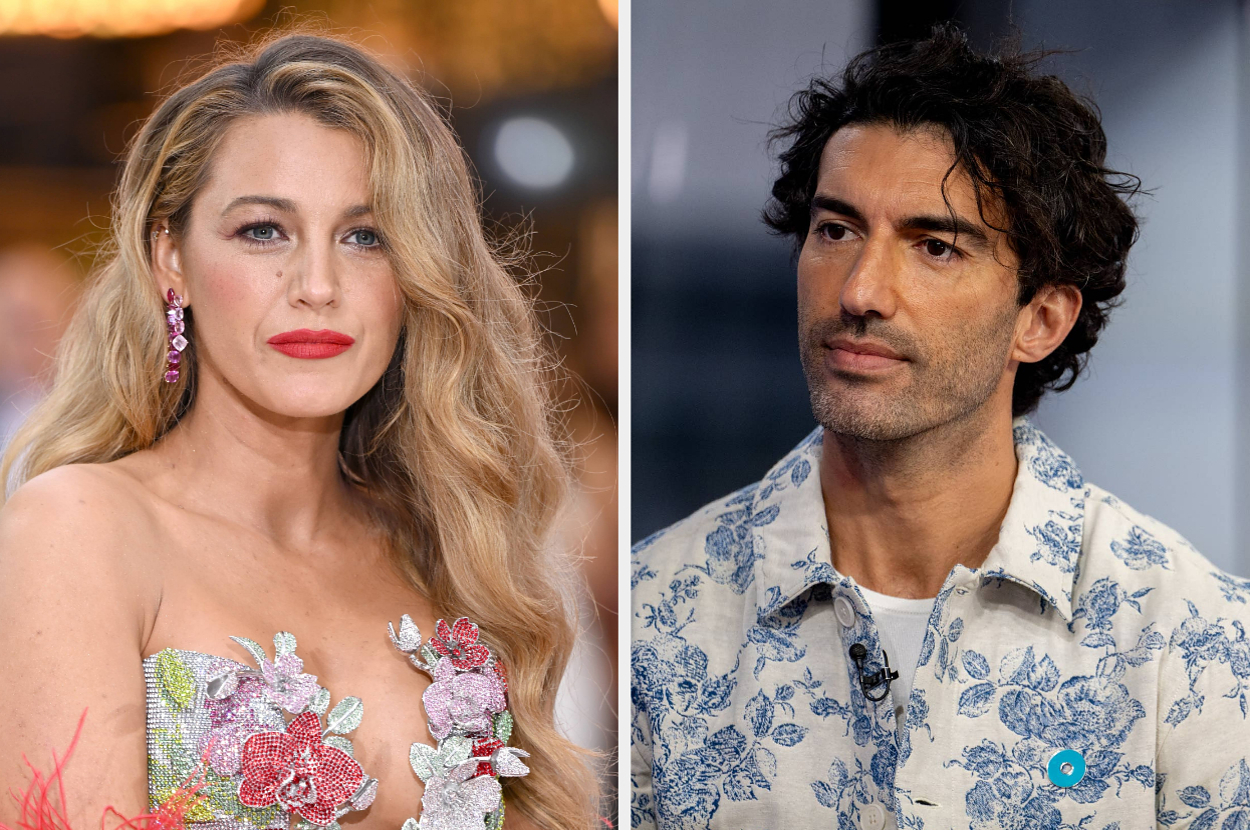Entertainment
Blake Lively’s Legal Team Addresses Justin Baldoni’s $250 Million Lawsuit Against The New York Times

Blake Lively’s Attorneys Respond to Justin Baldoni’s $250 Million Lawsuit Against The New York Times
In a dramatic legal showdown, Blake Lively’s legal representation has addressed the hefty $250 million lawsuit filed by Justin Baldoni and other plaintiffs against The New York Times. Central to the suit are claims that Ryan Reynolds and Blake allegedly subjected Justin to “inappropriate and humiliating” treatment at their penthouse in New York City, witnessed by other celebrity guests.
The controversy began when the New York Times published an article titled “We Can Bury Anyone: Inside a Hollywood Smear Machine” on December 21, revealing that Blake was suing her It Ends with Us co-star, Justin Baldoni, for alleged sexual harassment. The lawsuit outlines several serious accusations against Justin, who directed the aforementioned film, and producer Jamey Heath. Among the allegations is that Justin conducted a campaign to “destroy” Blake’s reputation, causing her “severe emotional distress.”
The complaint details a meeting held during filming where Blake reportedly requested that Justin refrain from discussing her body, stop sharing anecdotes about his sexual experiences on set, and cease the addition of sex scenes to the script. Blake also claimed that Justin and Jamey entered her trailer uninvited while she was undressed and breastfeeding, and that Justin allegedly “improvised unwanted kissing” during filming.
Justin’s lawyer, Bryan Freedman, has characterized the accusations as “categorically false.” Meanwhile, Justin and co-plaintiffs, including publicists Melissa Nathan and Jennifer Abel, assert that the New York Times relied significantly on what they termed Blake’s “unverified and self-serving narrative,” intentionally omitting evidence that contradicted her claims.
The lawsuit against the Times alleges libel, false light invasion of privacy, promissory fraud, and breach of an implied-in-fact contract. It states that essential context was omitted from text messages used as evidence of wrongdoing by Justin and his team. For instance, a text highlighted by the Times was purported to be taken out of context, indicating sarcasm, rather than a straightforward expression of approval regarding a Daily Mail story about Blake’s promotion of It Ends with Us.
In response to the lawsuit, the New York Times firmly defended its reporting, stating that it was based on a thorough review of documents, including the text messages and emails referenced in the article. A spokesperson emphasized that the Times invited Justin and others mentioned to provide context and corrections before publication, but they chose to submit a generalized response instead.
Moreover, the lawsuit claims that Blake’s allegations regarding Justin’s comments about her character’s wardrobe were misrepresented. Justin’s team clarified that their use of the term “sexy” stemmed from Blake’s own contributions regarding her character’s attire.
As the legal battle escalates, Justin’s lawsuit also points to his and Blake’s clashes over control of filming, particularly regarding wardrobe and script elements. Additionally, the suit recounted an incident involving Ryan Reynolds, describing him as having “aggressively berated” Justin during a meeting, accusing him of “fat-shaming” Blake.
On the other side, Blake’s legal team has responded to Justin’s lawsuit, highlighting that her actions stemmed from a federal complaint regarding alleged retaliatory actions taken against her for reporting sexual harassment and safety issues in the workplace. They asserted that Justin’s lawsuit does not alter the substance of Blake’s claims, emphasizing that it misrepresents her administrative complaint.
As this high-profile legal discourse unfolds, both sides continue to prepare for what looks to be an intense courtroom battle. In the meantime, Blake’s team has urged the public to read her complaints in full, while maintaining that they will discuss the matter in court rather than the press. Updates on this complicated narrative are expected as developments arise.
